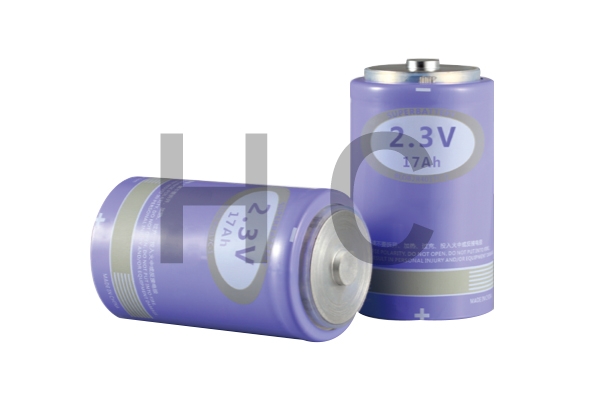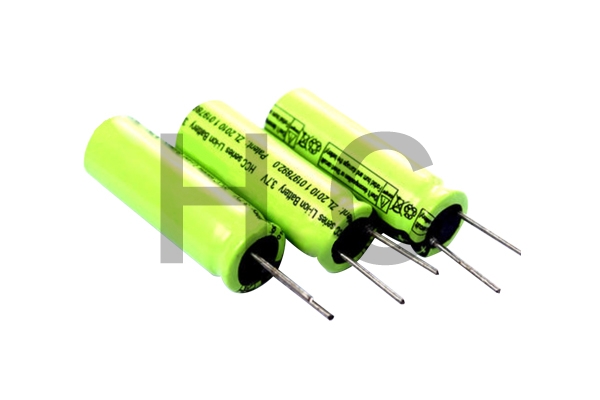Supercapacitors fill the power gap between batteries and ordinary capacitors, which can supply higher triggering power than batteries and store more energy than ordinary capacitors. The supercapacitor module can supply the required trigger power for peak power events such as GSM/GPRS RF bursts, GPS data reading, music playback, flash photography and video playback, and then accept battery recharging. The benefits of farad capacitors include extended talk time, extended battery life, brighter flashes, and better music quality. Designers can also save space and money, because they only need to consider the battery and power circuits for uniform power dissipation, regardless of peak loads.
Today's mobile phones generally use Class D audio amplifiers. These amplifiers use two pairs of FETs to control the speaker coils in an H-bridge circuit.
When driving the coil in the opposite direction. The power supply for this circuit is generally a 3.6V battery. Phones with stereo audio have a pair of amplifiers and speakers. Audio power = 3.6V2/8Ω = 1.6W for 8Ω speakers, or 3.2W for stereo. Battery current at peak stereo audio power = 3.2W/3.6V = 0.9A. Therefore audio playback in this case may be affected by power constraints, distortion and interference.

Problem 1: Audio noise/hum occurs when peak battery current exceeds 1A, which will cause significant ripple on the audio amplifier supply voltage.
If the total impedance of the battery pack + connector + PCB trace is equal to 150mΩ, then the peak current of 1A will have a ripple of 150mV on the power supply voltage, and the peak current of 1.8A will have a ripple of 270mV. This ripple in the supply voltage will introduce audible noise to the listener. The peak current when GSM/GPRS/EDGE transmits is as high as 1.8A, so audio noise also occurs, and the user will hear a humming sound of 217Hz during a call.
Problem 2: The battery cannot meet the peak power requirements of both wireless data transmission and audio amplifier generation, and the result will be distorted.
When a user listens to music with a GSM/GPRS/EDGE mobile phone, the mobile phone battery will not be able to supply peak audio current and peak RF transmit power at the same time to respond to network access. The network periodically visits the phone to track which cell the phone is on and to determine the transmit power the phone should use. During such network access, audio amplifier power may drop when the phone responds, at which point the user will hear a "click". However, the battery can easily supply an average audio current of about 100mA to 200mA.

Problem 3: Limited audio power and poor bass response in CDMA, GSM & 3G handsets.
Regardless of the model of the phone, the power and quality of the audio depends on the output power of the audio amplifier and the impedance of the speakers. In a typical cell phone setup, both Class D amplifiers drive a pair of 8Ω speakers from a battery-supplied 3.6V supply. As mentioned above, the high audio power at this time is 3.2W and the peak battery current is 0.9A. The result, whether delivered through the phone's internal speakers or through externally connected speakers/headphones, will be shallow, low-power audio with very limited low-pitched response.
Another circuit solution using Farad capacitors, which handles all of the above, and delivers four times the peak audio power. The CAP-XX HS206 is a 0.55F, 85mΩ two-cell supercapacitor that is used to supply peak power and the battery to supply even power. The boost converter charges the supercap to 5V.
Also, the ripple on the battery voltage due to RF emissions is not reflected on the audio amplifier. These ripples have been filtered out by the boost converter's line regulation circuitry and supercapacitors, eliminating the 217Hz hum altogether.
